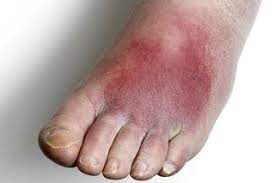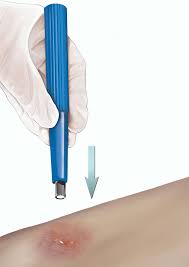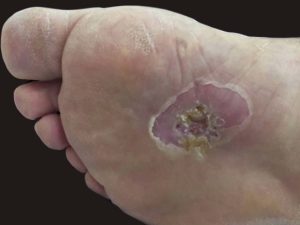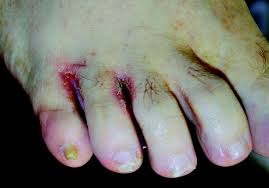
Cellulitis is a bacterial infection of the skin and subcutaneous tissue. It typically occurs when bacteria enter the skin through a cut, scratch, or other break in the skin’s barrier. Here are some key facts about cellulitis:
Causes:
- Cellulitis is most commonly caused by Staphylococcus aureus and Streptococcus bacteria.
- Risk factors for cellulitis include skin injuries or conditions that break the skin’s barrier, such as eczema or athlete’s foot, as well as conditions that weaken the immune system, such as diabetes or HIV/AIDS.
Symptoms:
- Symptoms of cellulitis include redness, warmth, swelling, and pain in the affected area.
- The affected area may also feel tender or firm to the touch and may develop a fever or other systemic symptoms.
Diagnosis:
- A diagnosis of cellulitis is typically made based on the appearance of the skin and the patient’s symptoms and medical history.
- Blood tests or imaging studies may be ordered to rule out other possible causes of the symptoms.
Treatment:
- Treatment for cellulitis usually involves a course of oral or intravenous antibiotics to kill the bacteria causing the infection.
- In severe cases, hospitalisation may be necessary for intravenous antibiotics and monitoring.
- Home care measures, such as elevation of the affected area and warm compresses, can also help alleviate symptoms.
Prognosis:
- With prompt and appropriate treatment, cellulitis typically resolves within 7-10 days.
- However, in some cases, complications such as abscess formation, sepsis, or lymphangitis can occur.
- Recurrent episodes of cellulitis may occur in people with underlying skin conditions or weakened immune systems.






